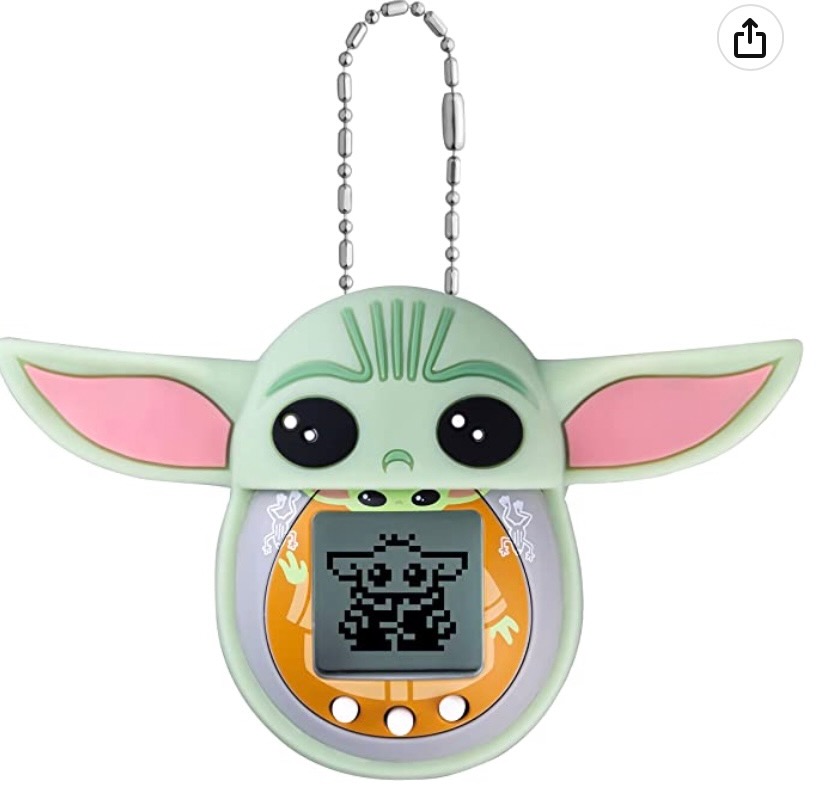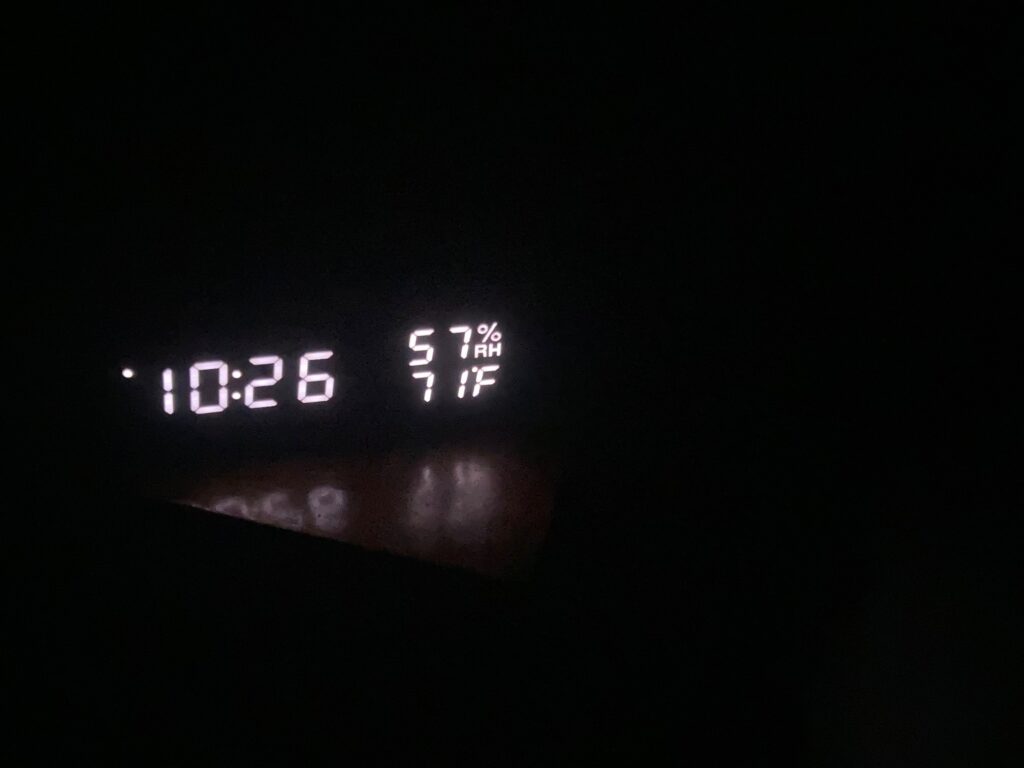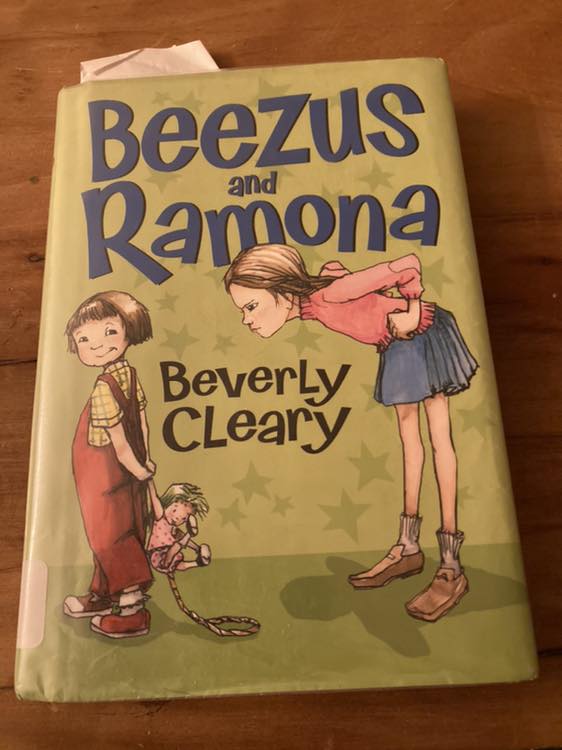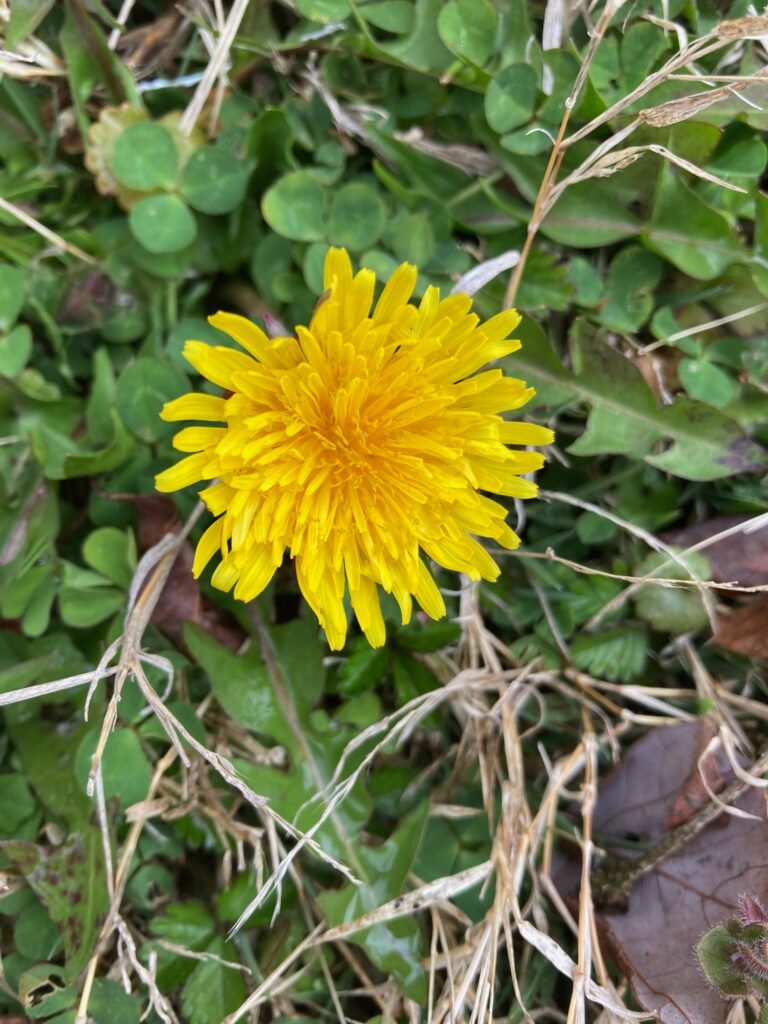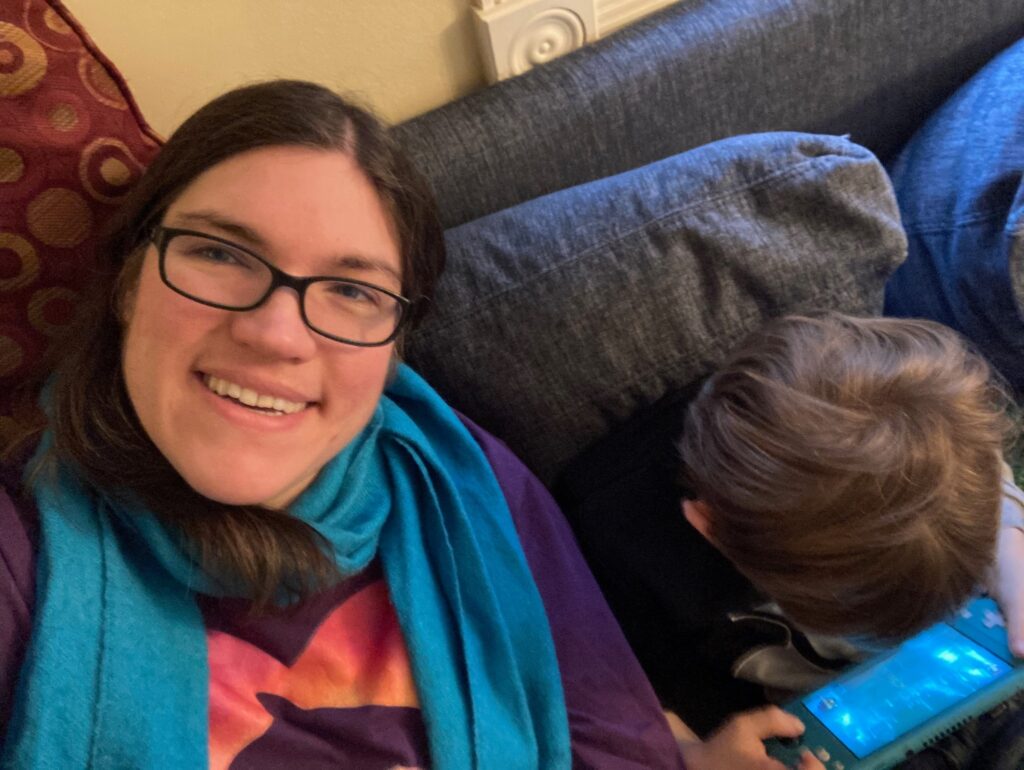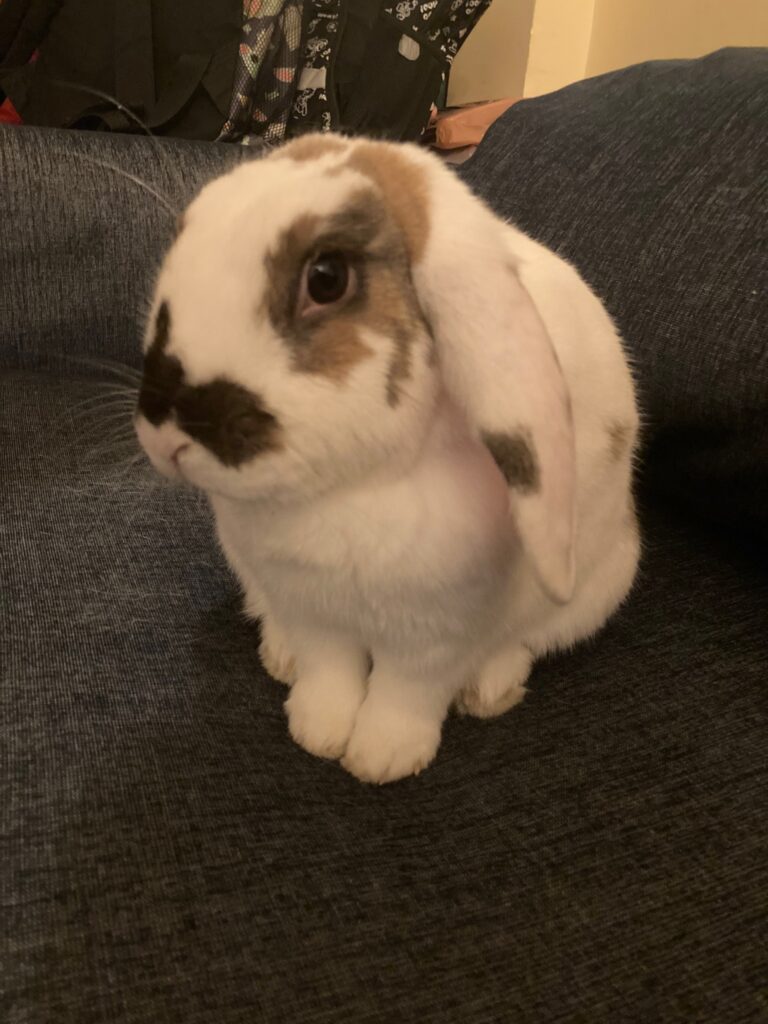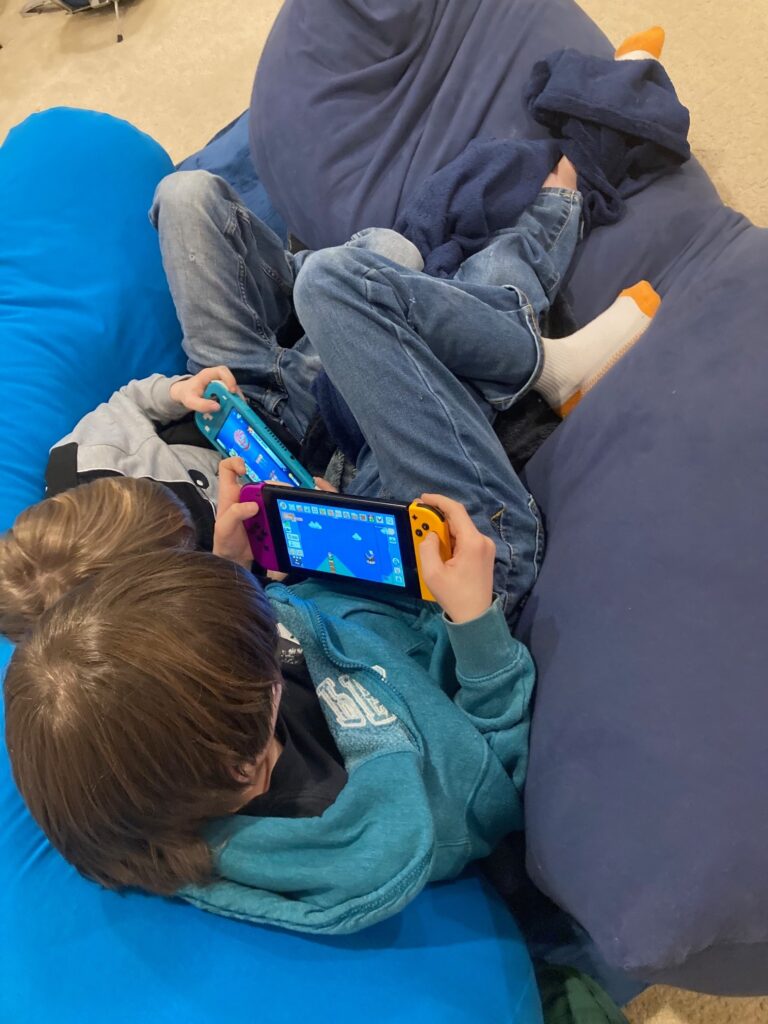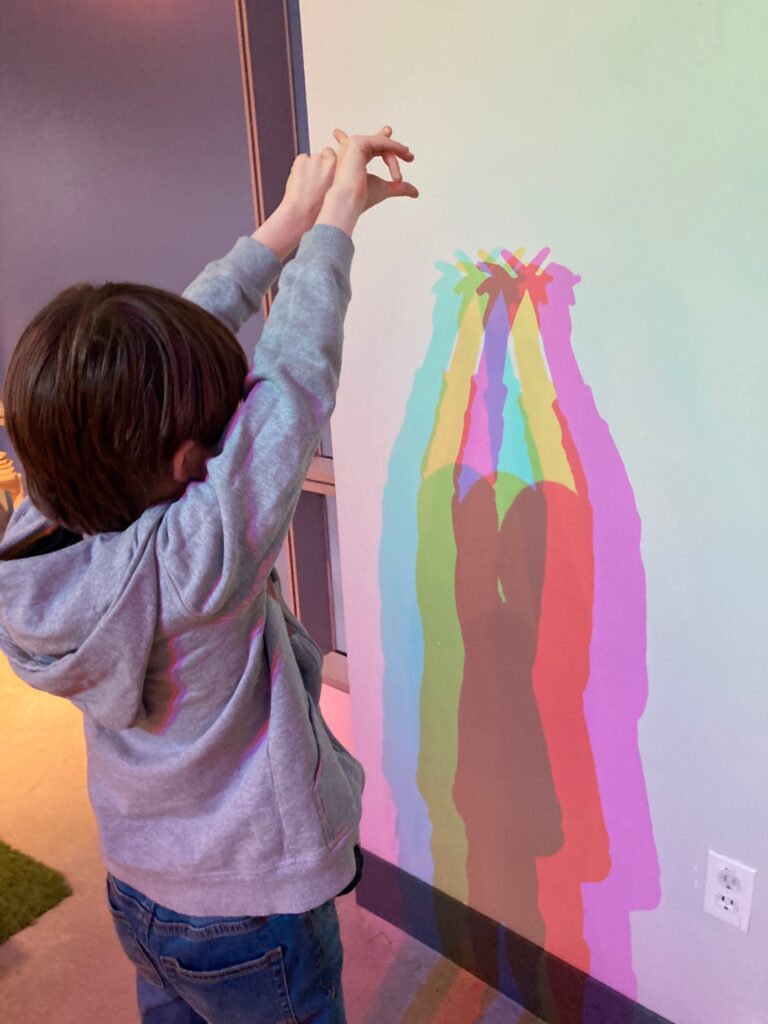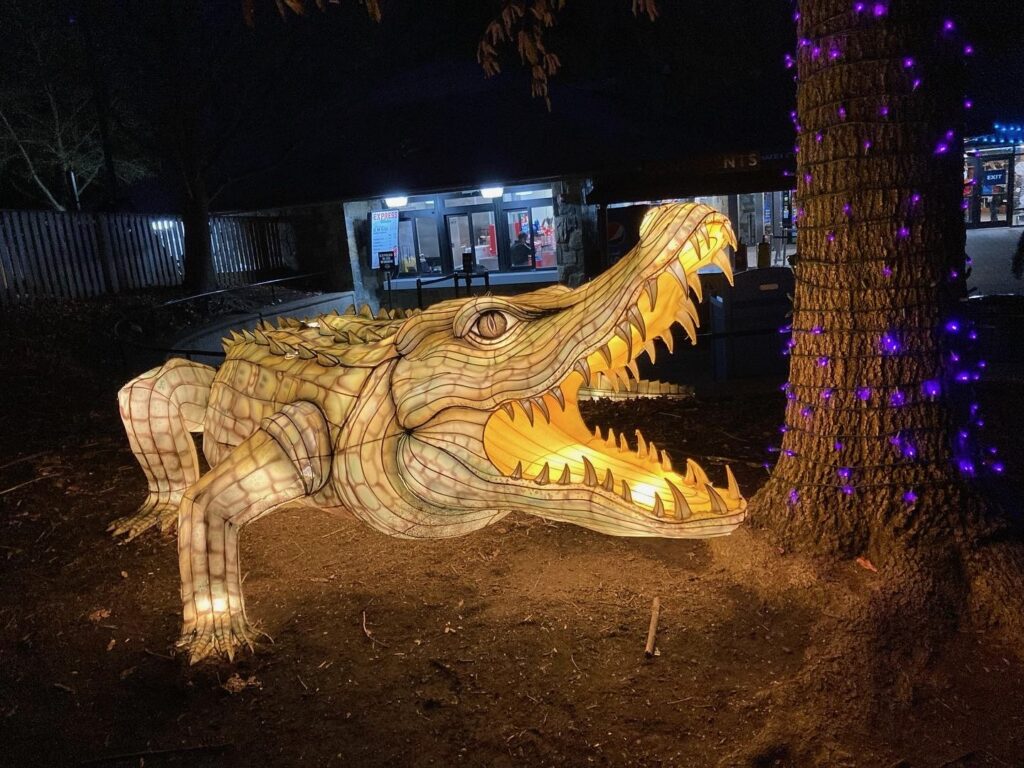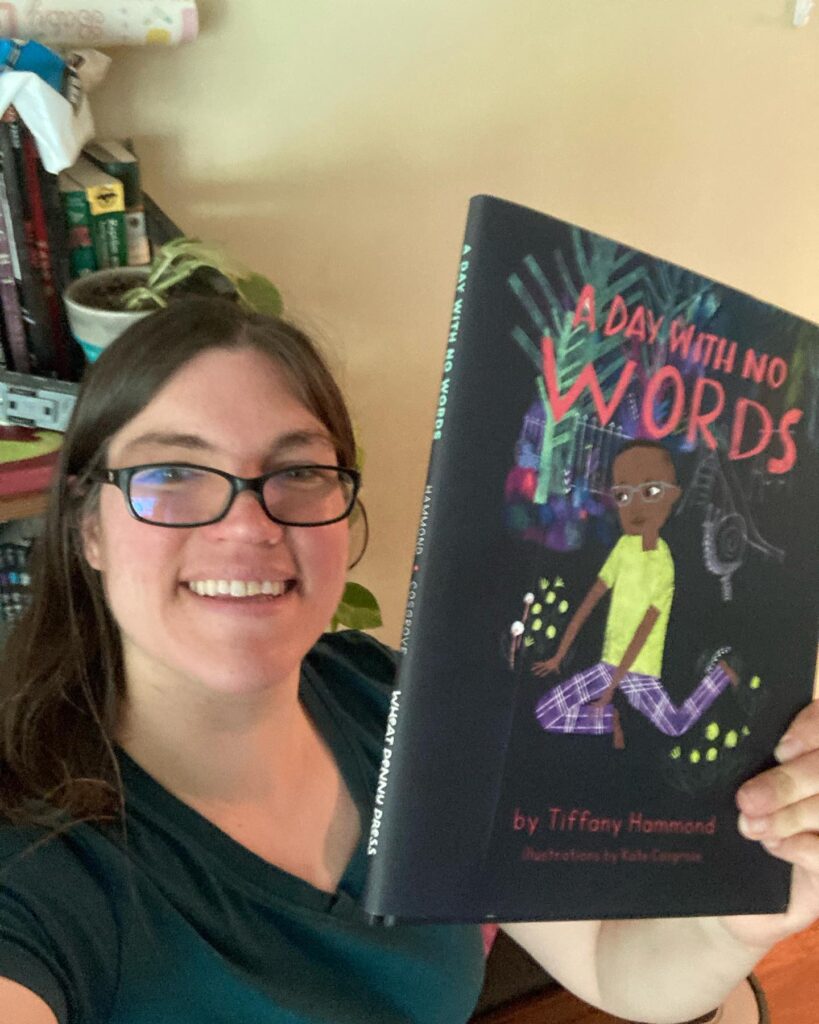
As I finished reading this beautiful book with my younger son, we read the section in the back where the author (Fidgets and Fries) describes how it’s based on her relationship with her nonspeaking autistic son, although he’s older now than the kid in the book. I mentioned that she’s autistic as well, as is her younger son.
“What’s autistic again?” asked my son. “I forgot.”
So I explained to him how it’s a set of ways some people’s brains are different than the average, including differences in communication, reading social cues, interests, sensory perception, and sometimes coordination. (We have multiple neurodivergences in our family, so he’s familiar with the idea of people’s brains being different from the average.)
I then paused and thought about how to phrase what I was going to say next. “I think I might be autistic too. It’s sometimes hard to tell when you’re an adult and have learned some of those skills.” He nodded, not particularly surprised that my brain (or anyone’s in our family) doesn’t work like the average person’s.
Thank you to Tiffany Hammond for writing such a beautiful book that offers both important representation and the opportunity to start and continue important conversations about the beautiful diversity of all of our brains.
